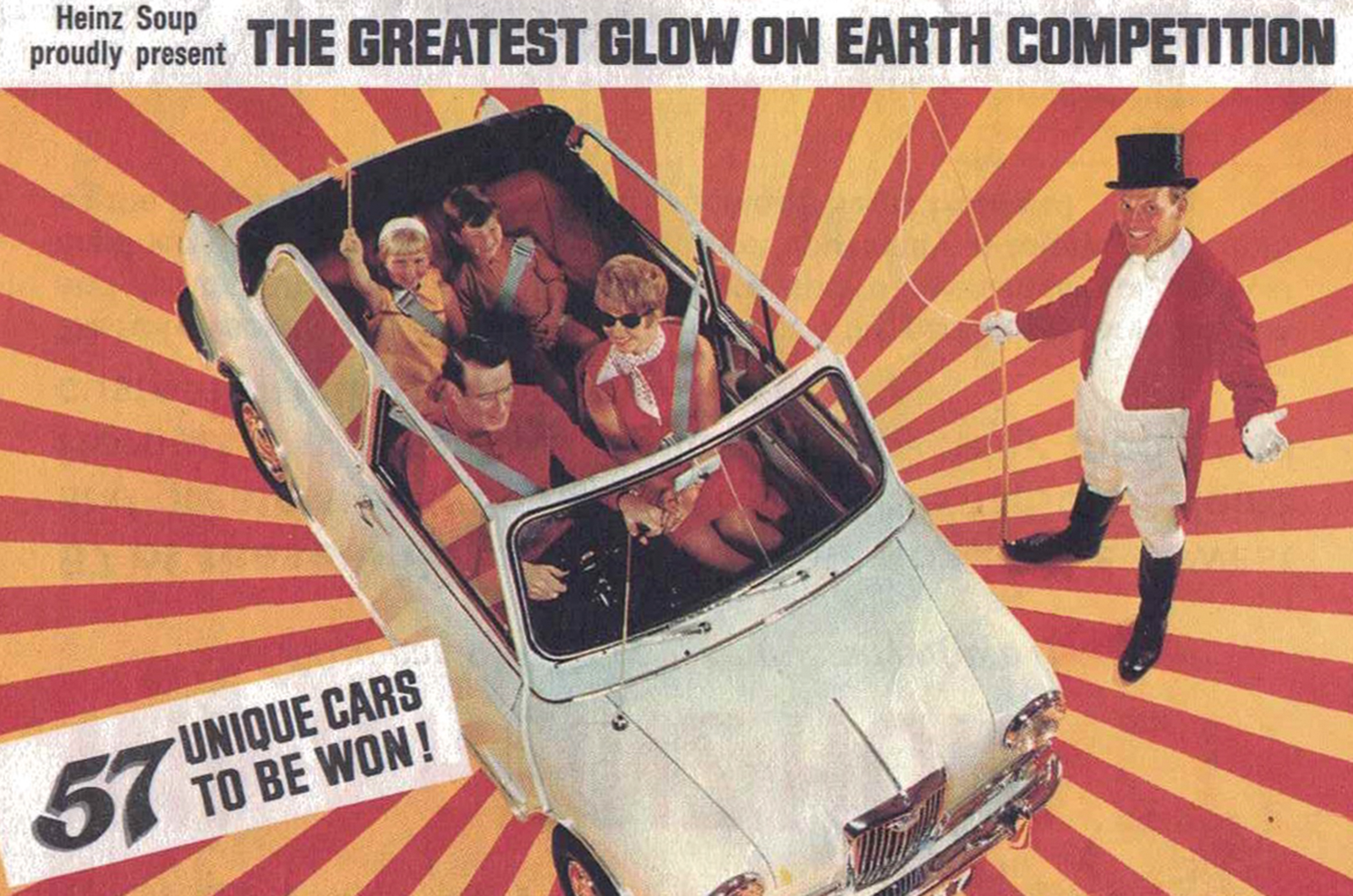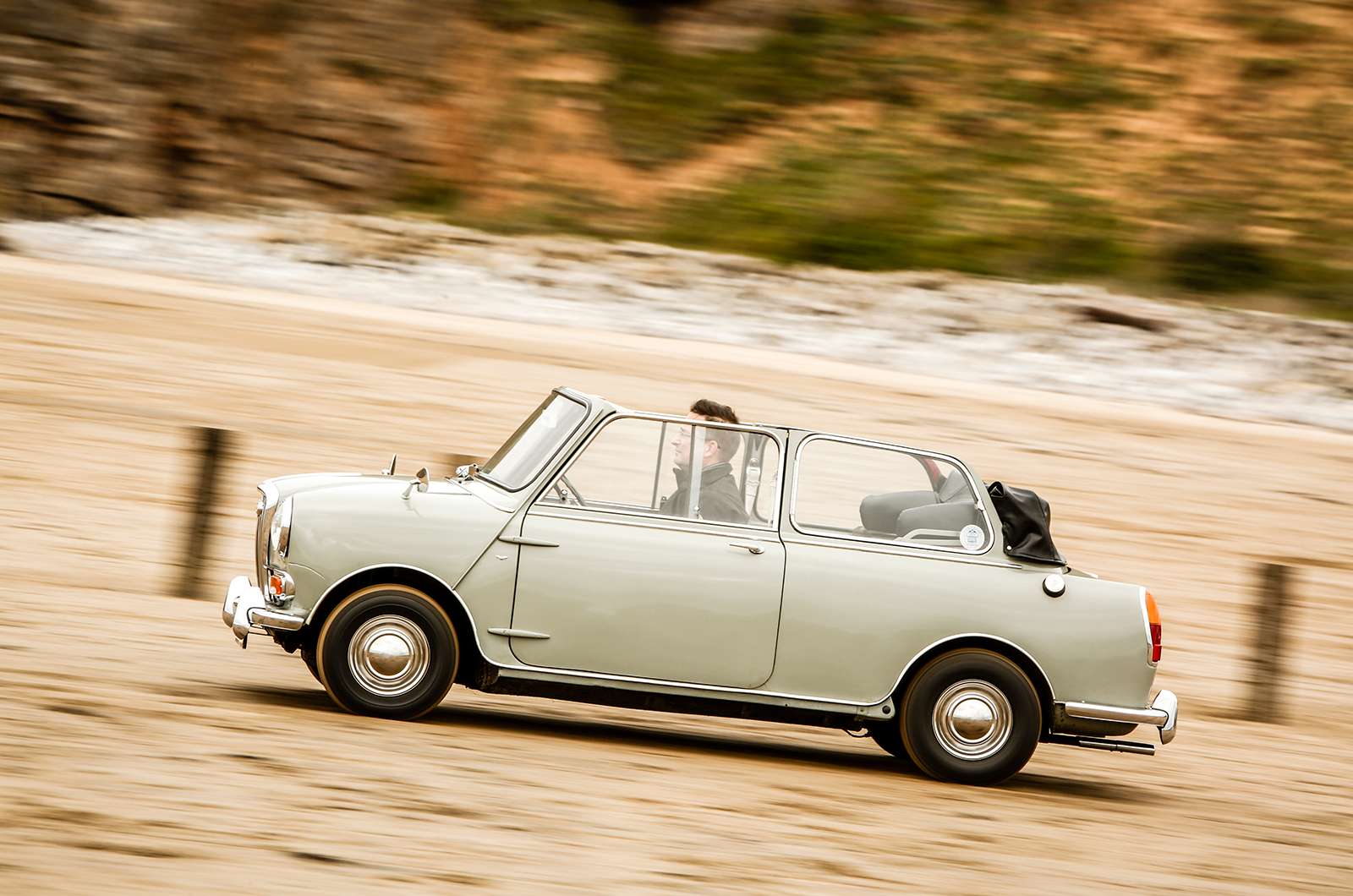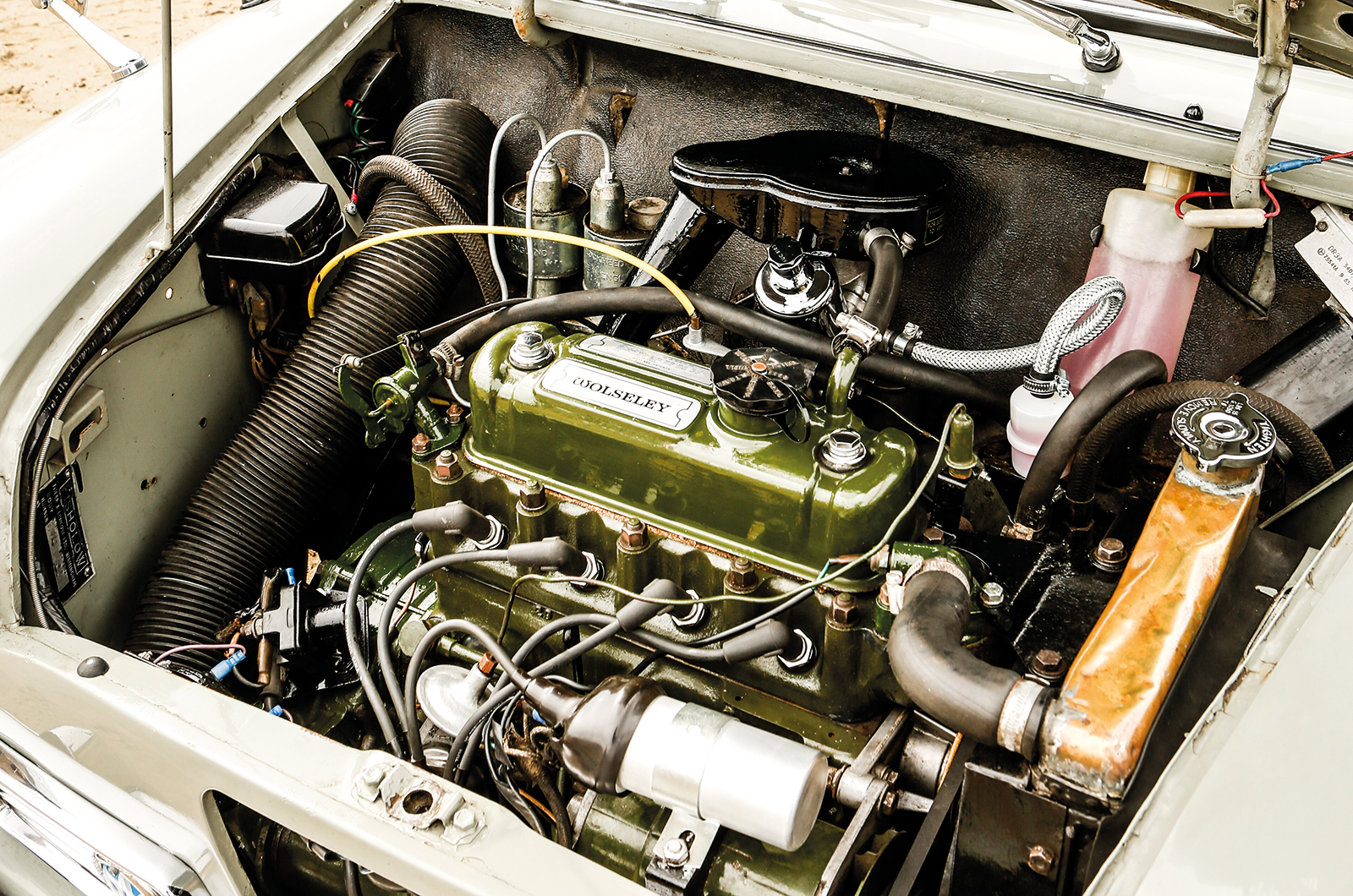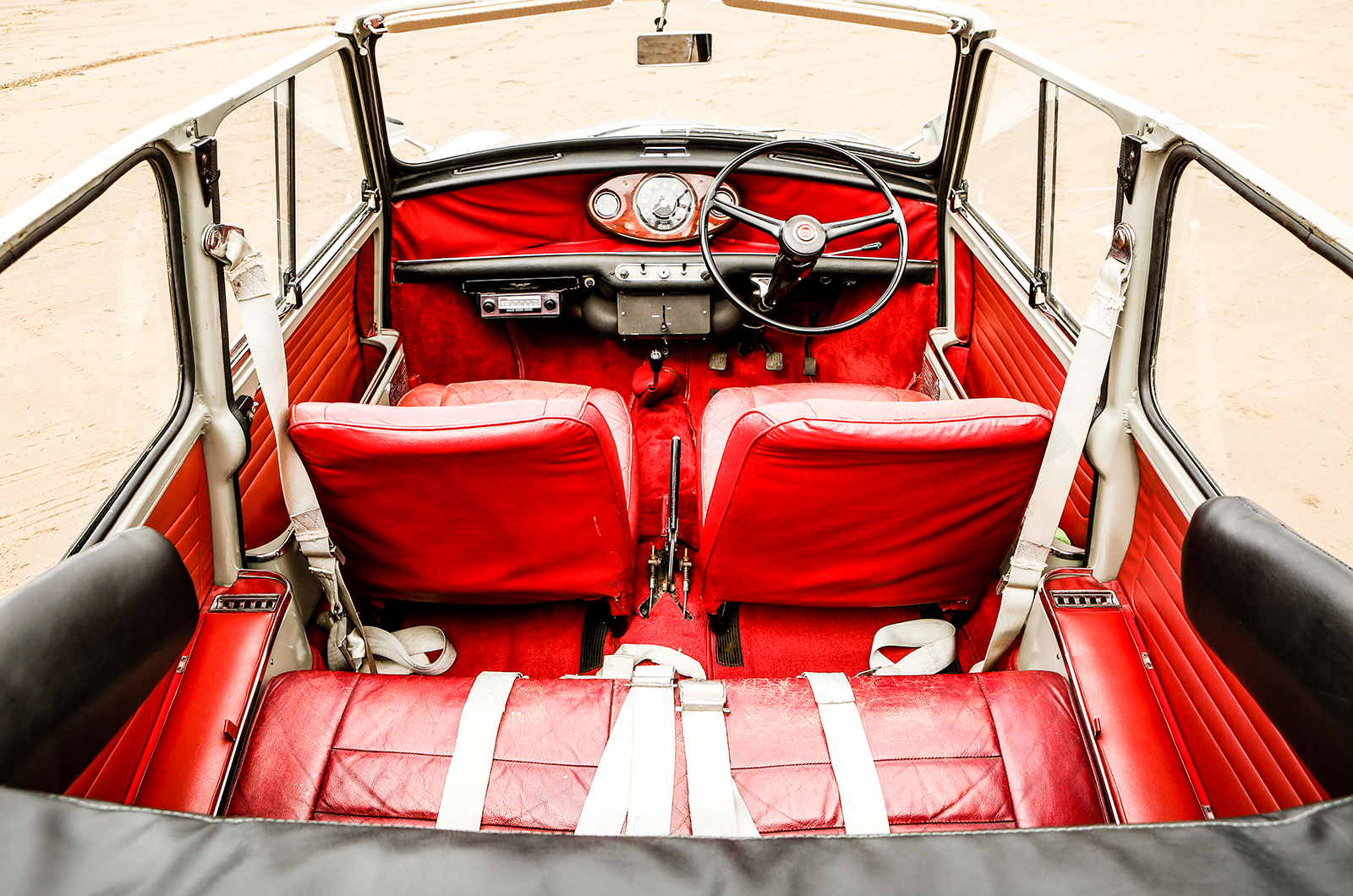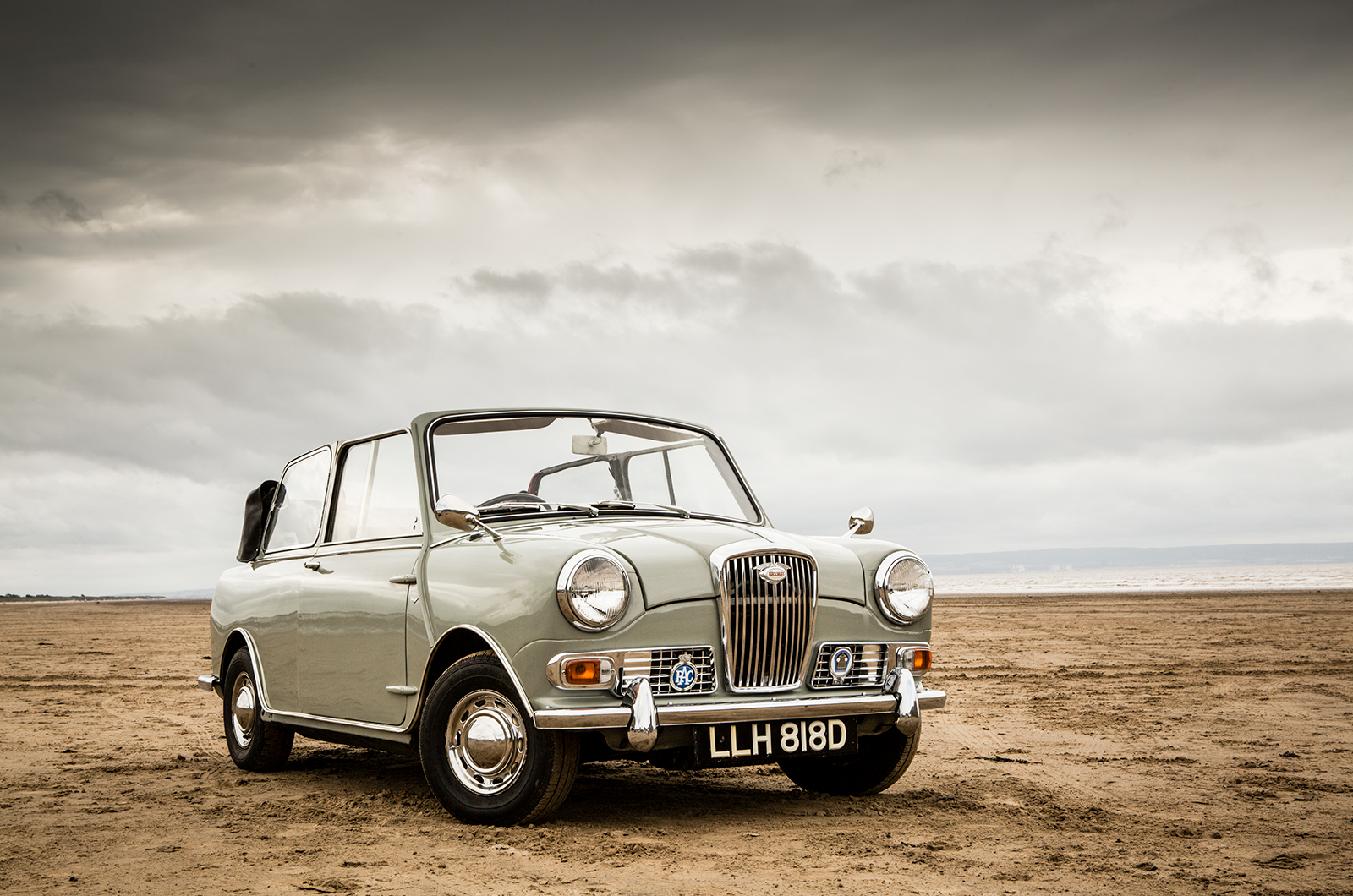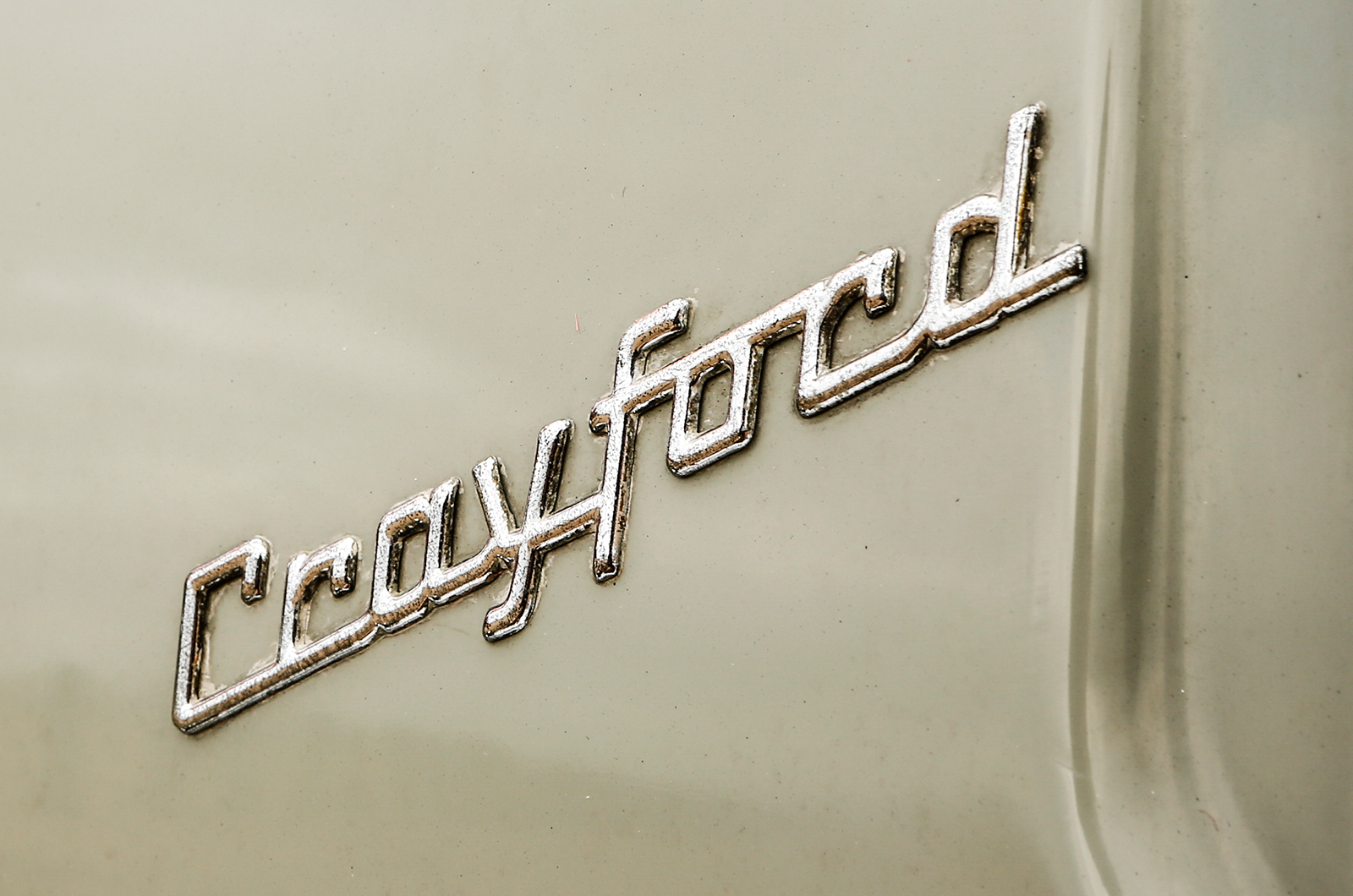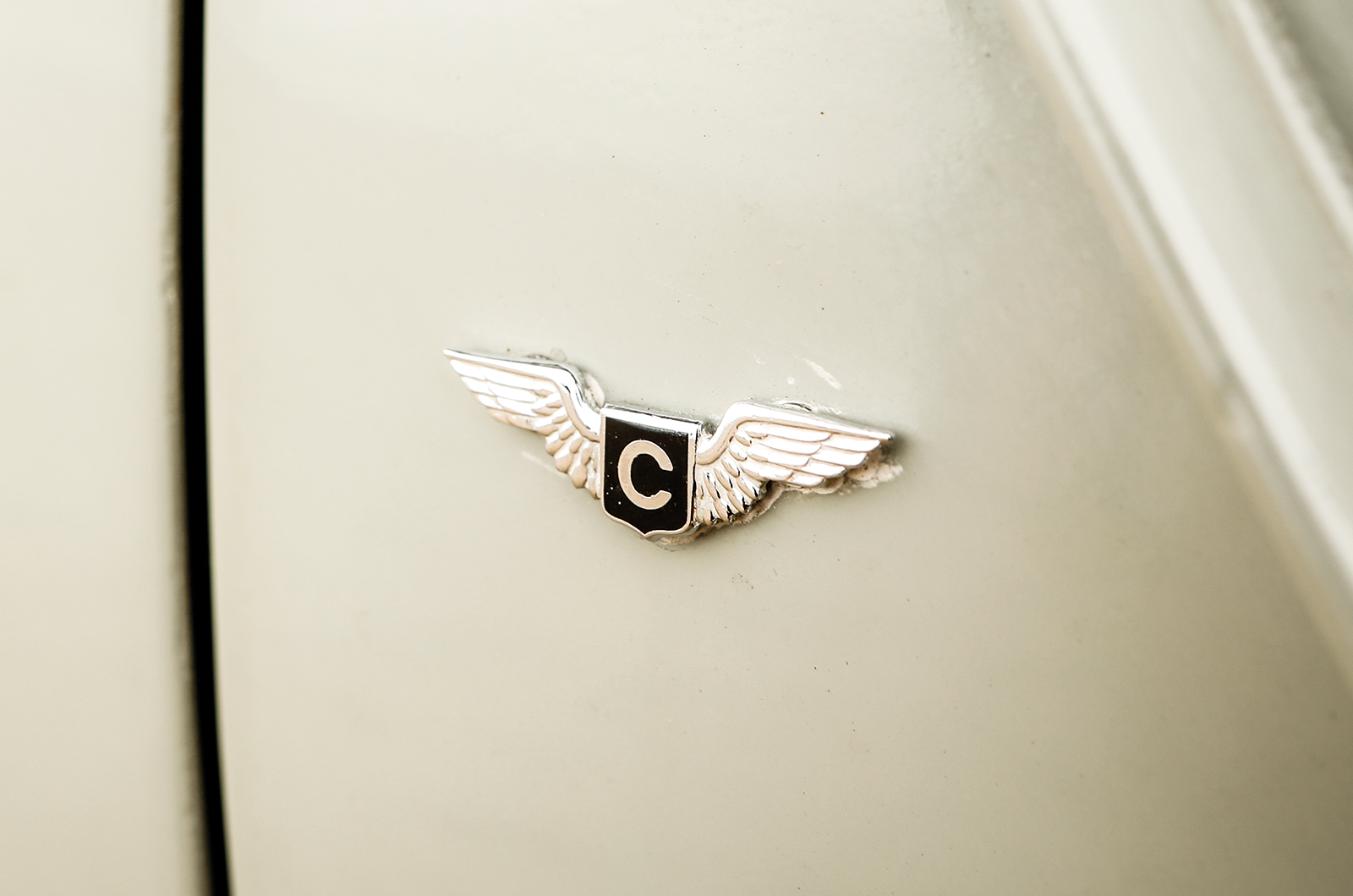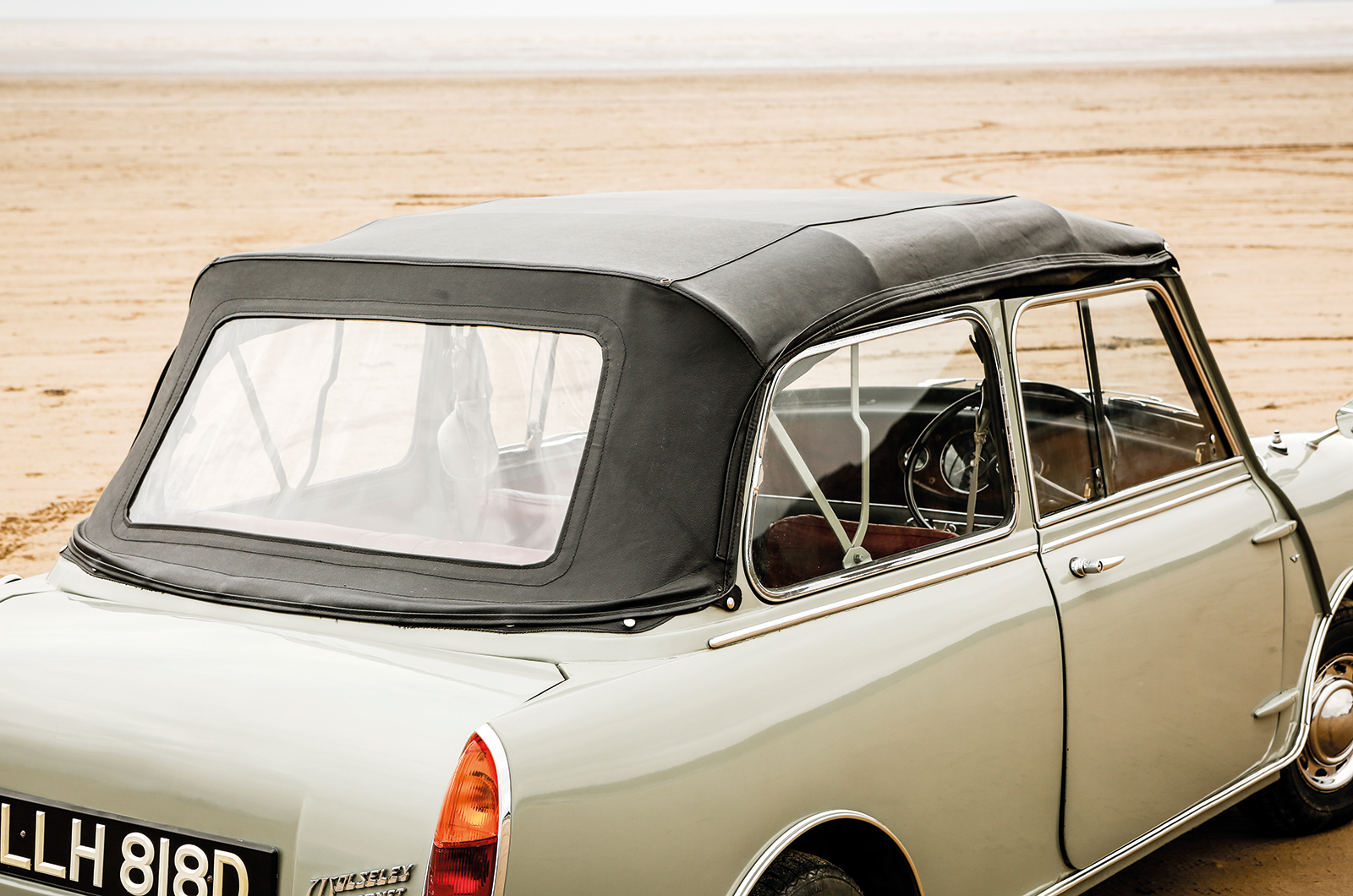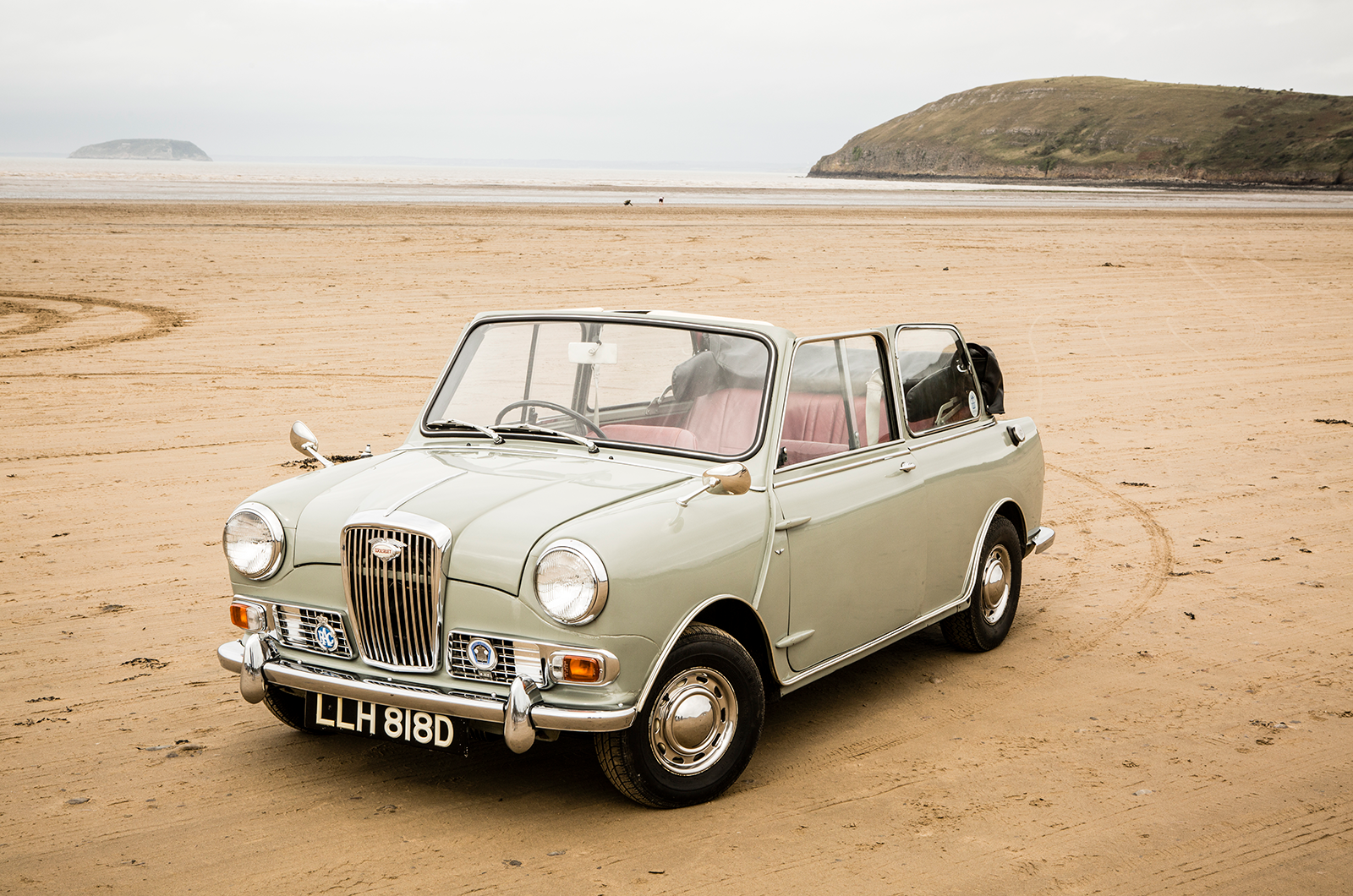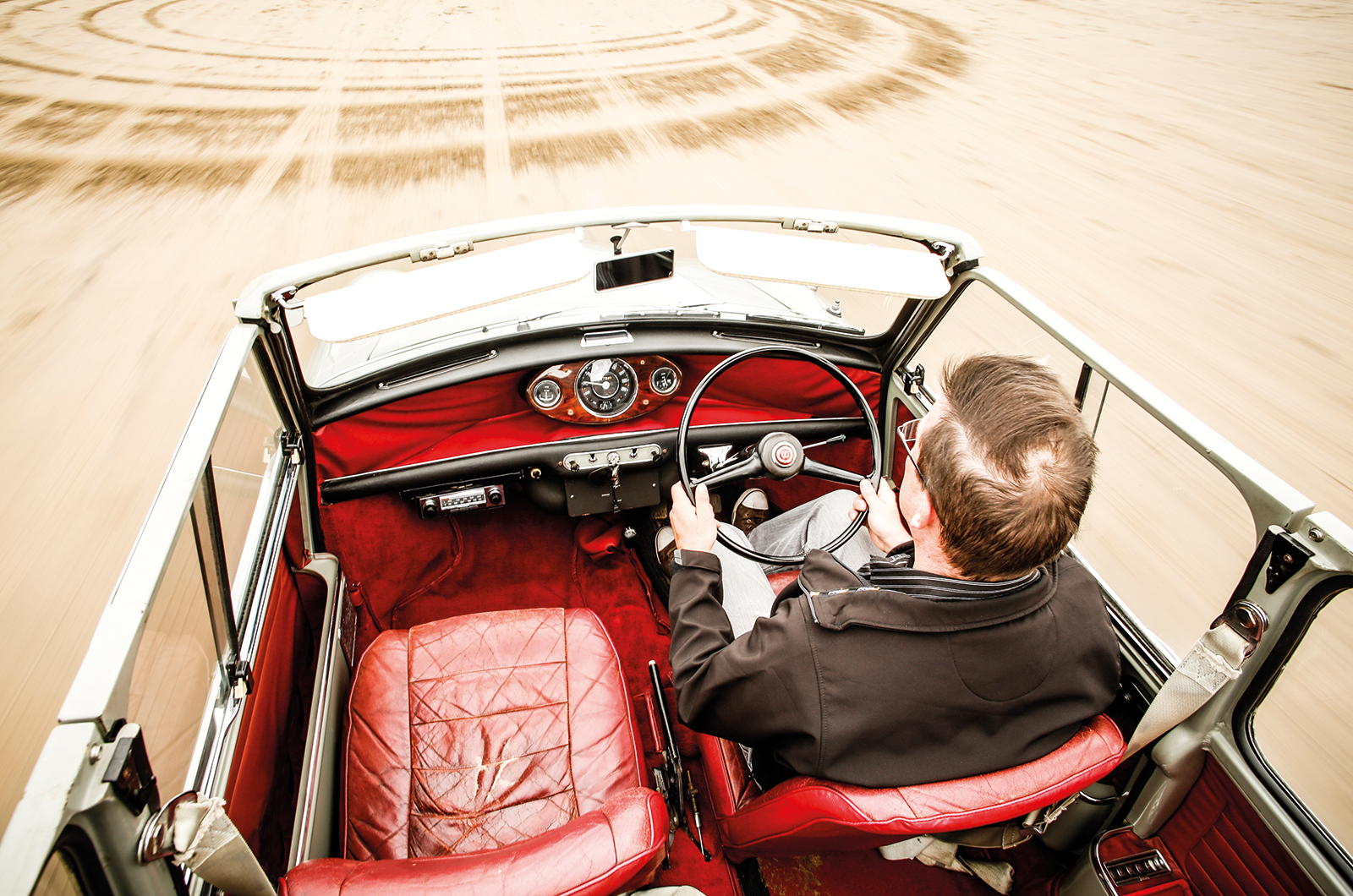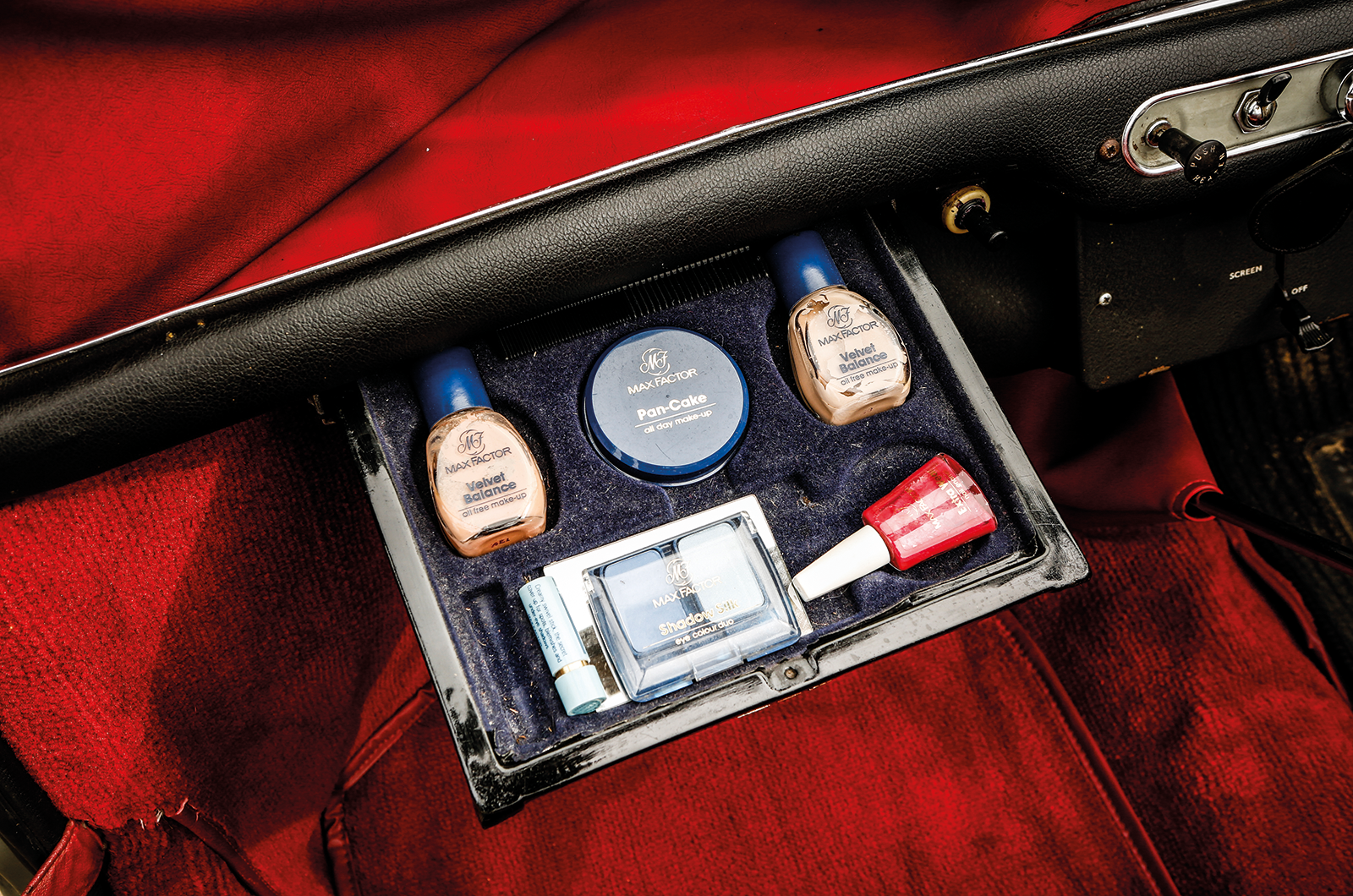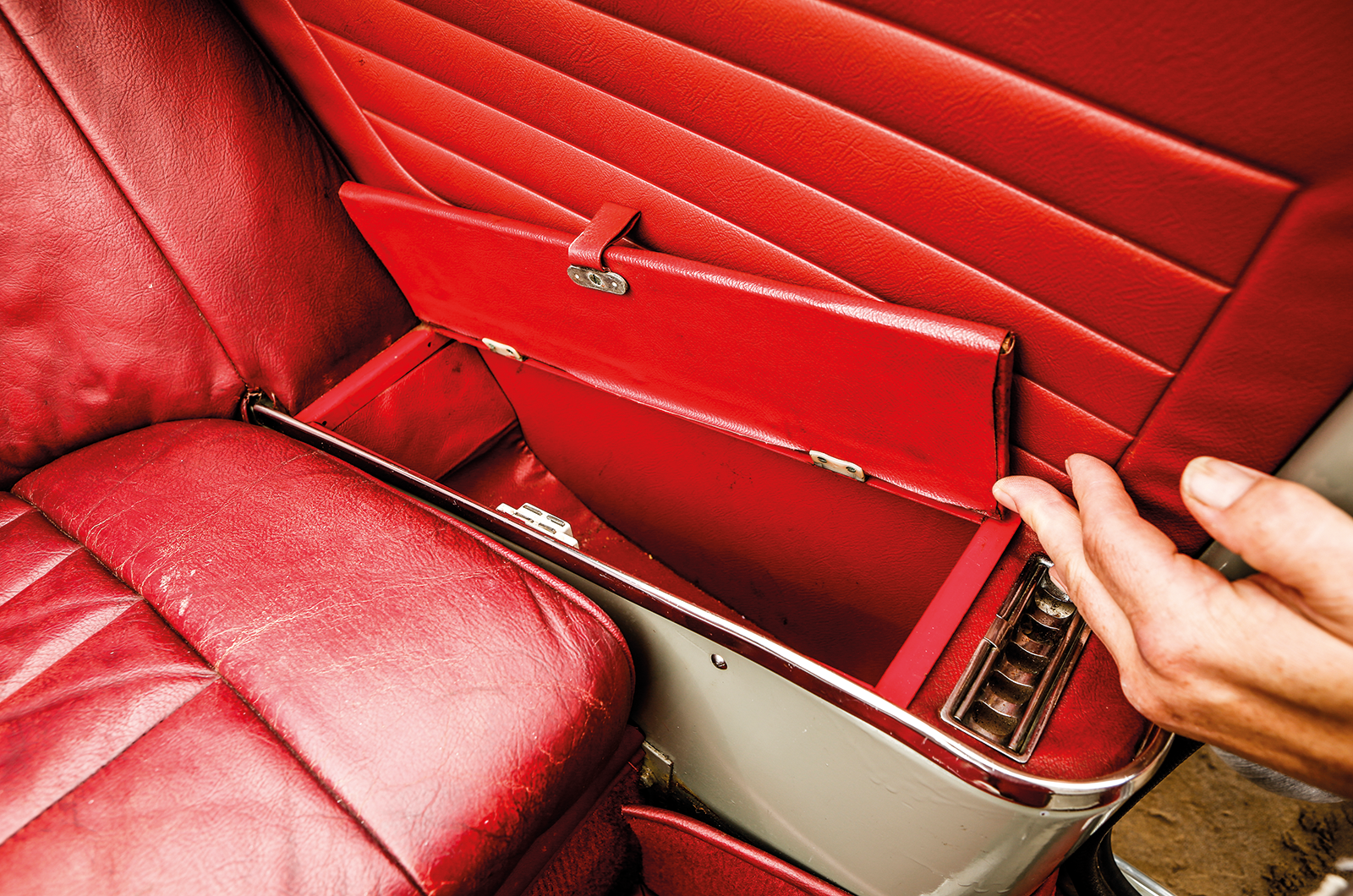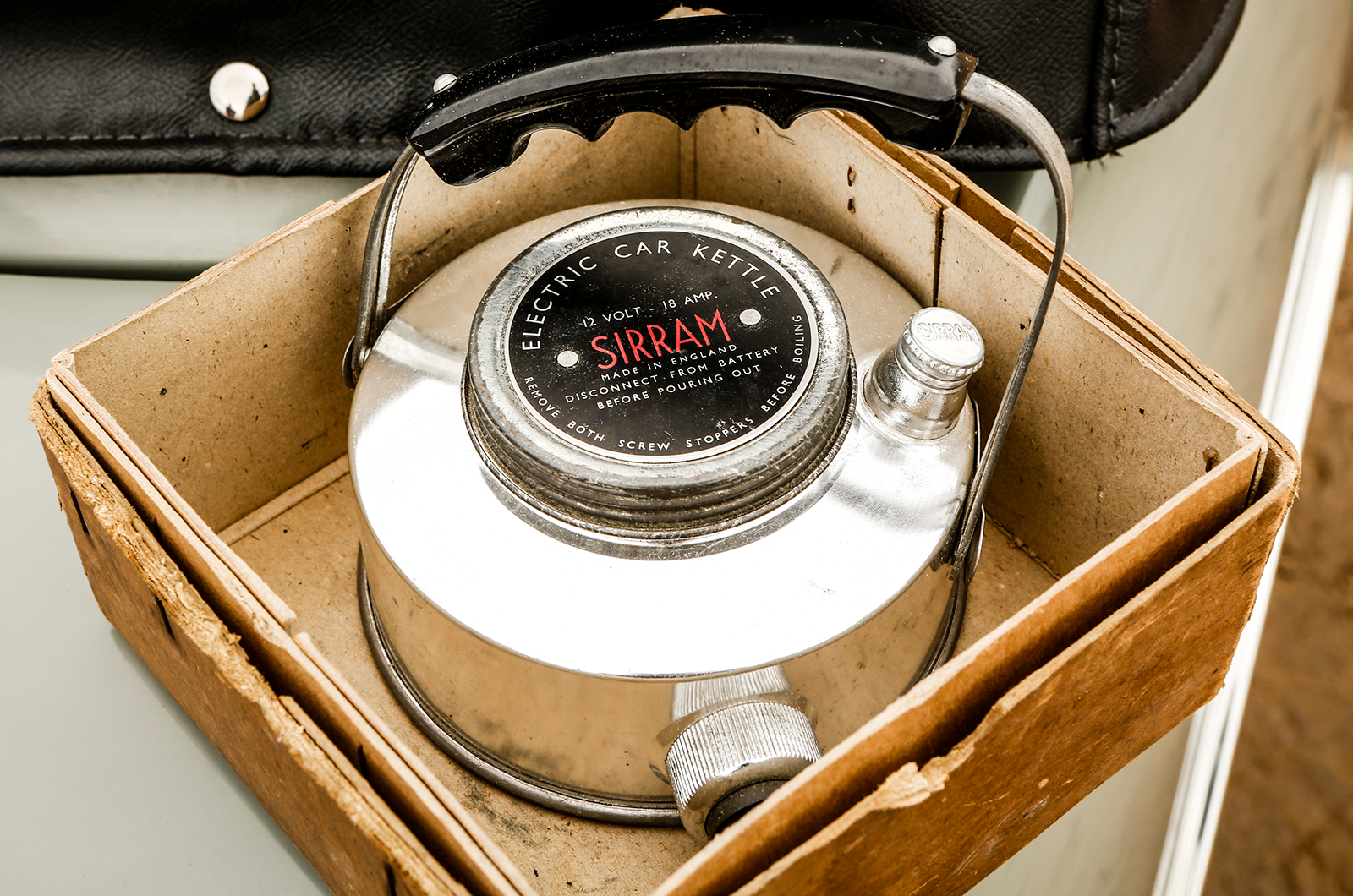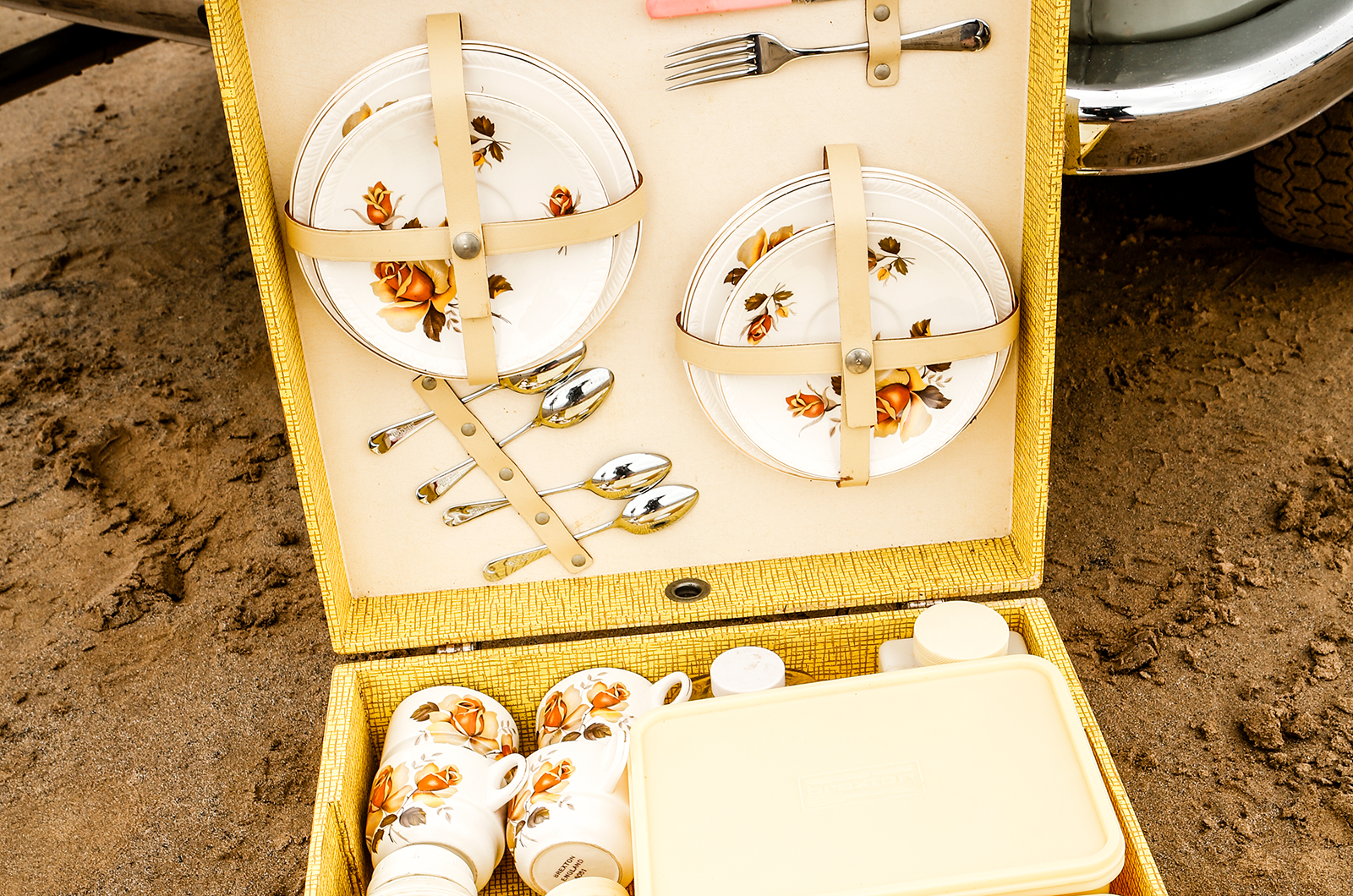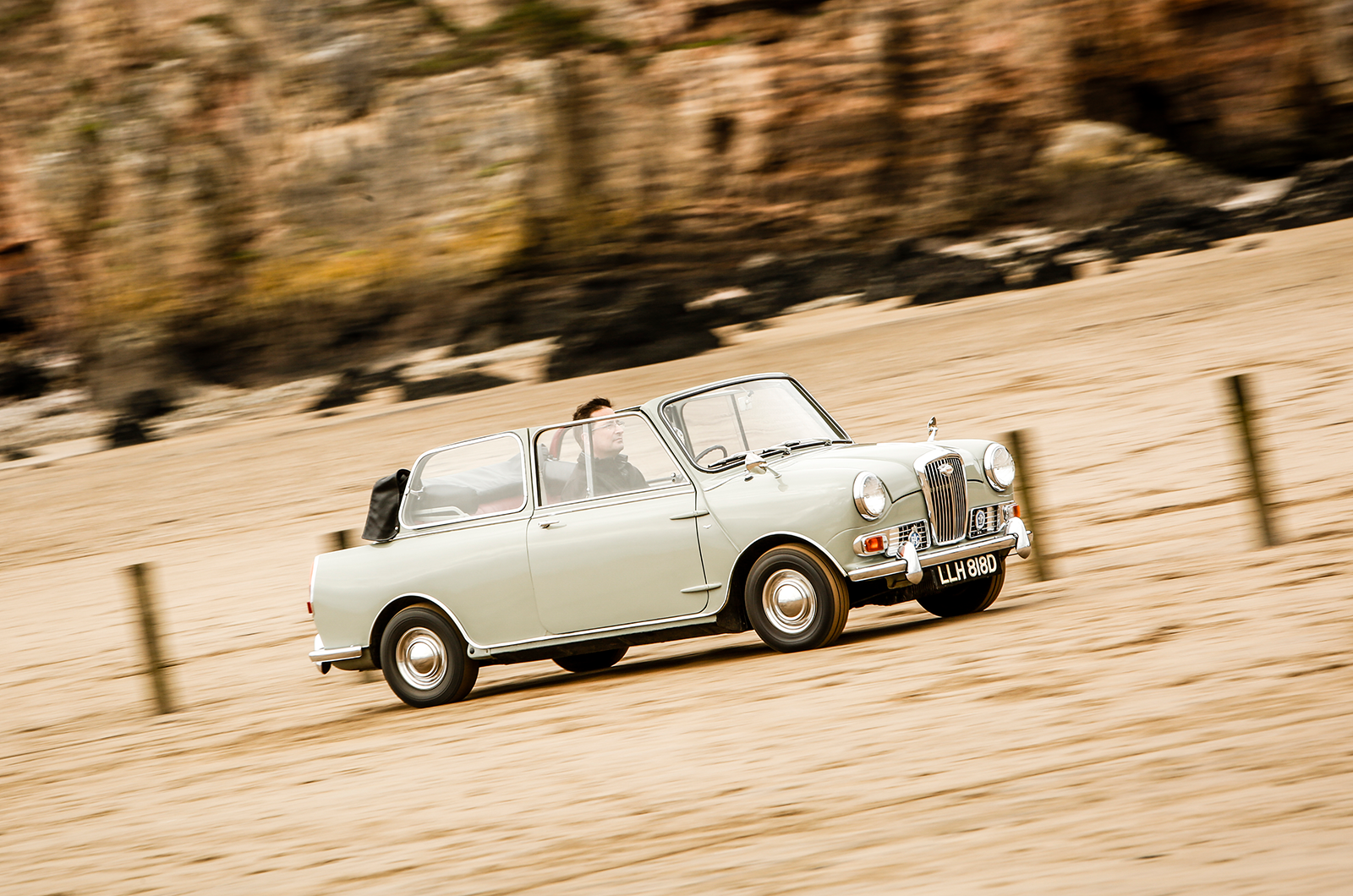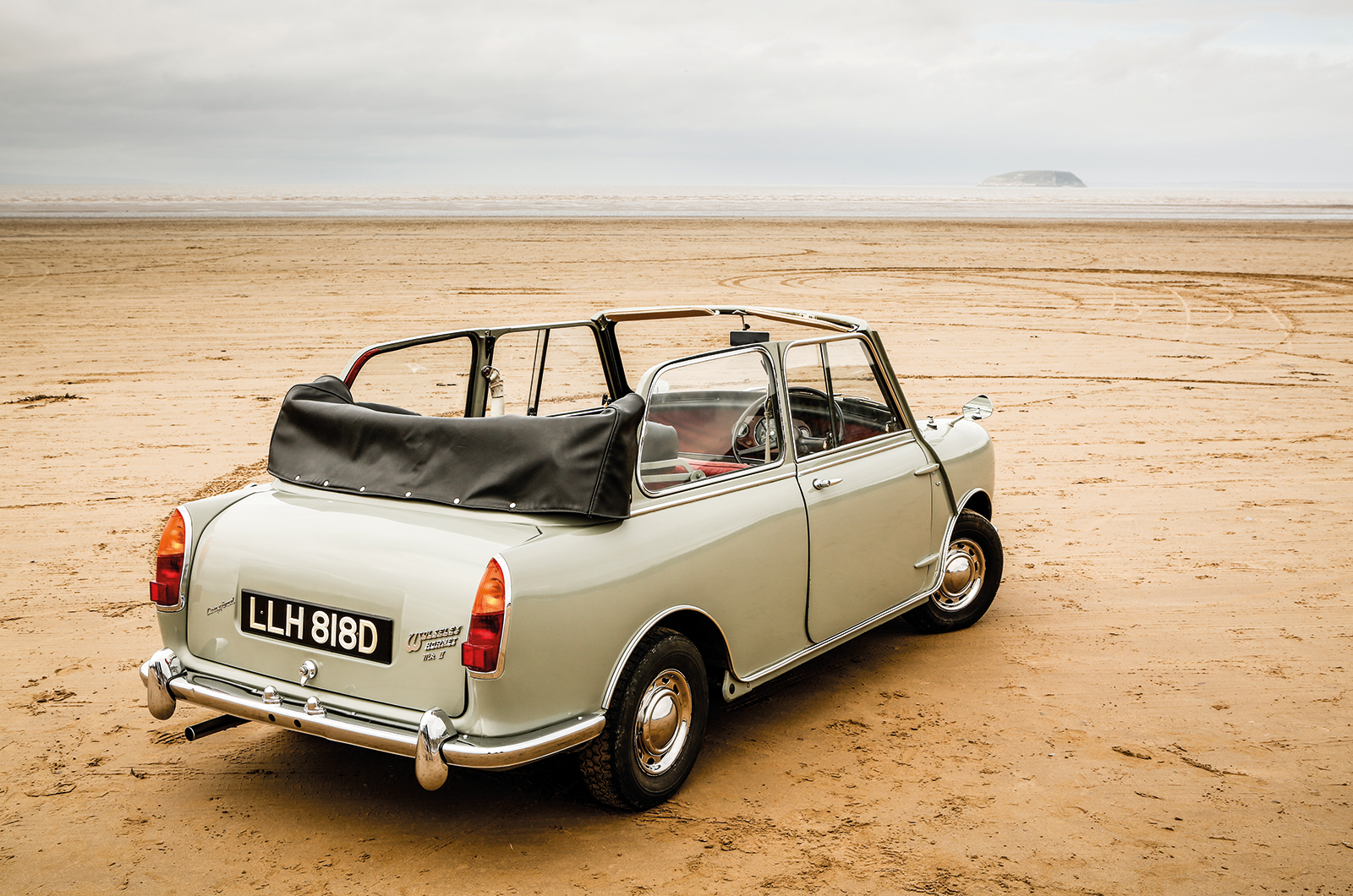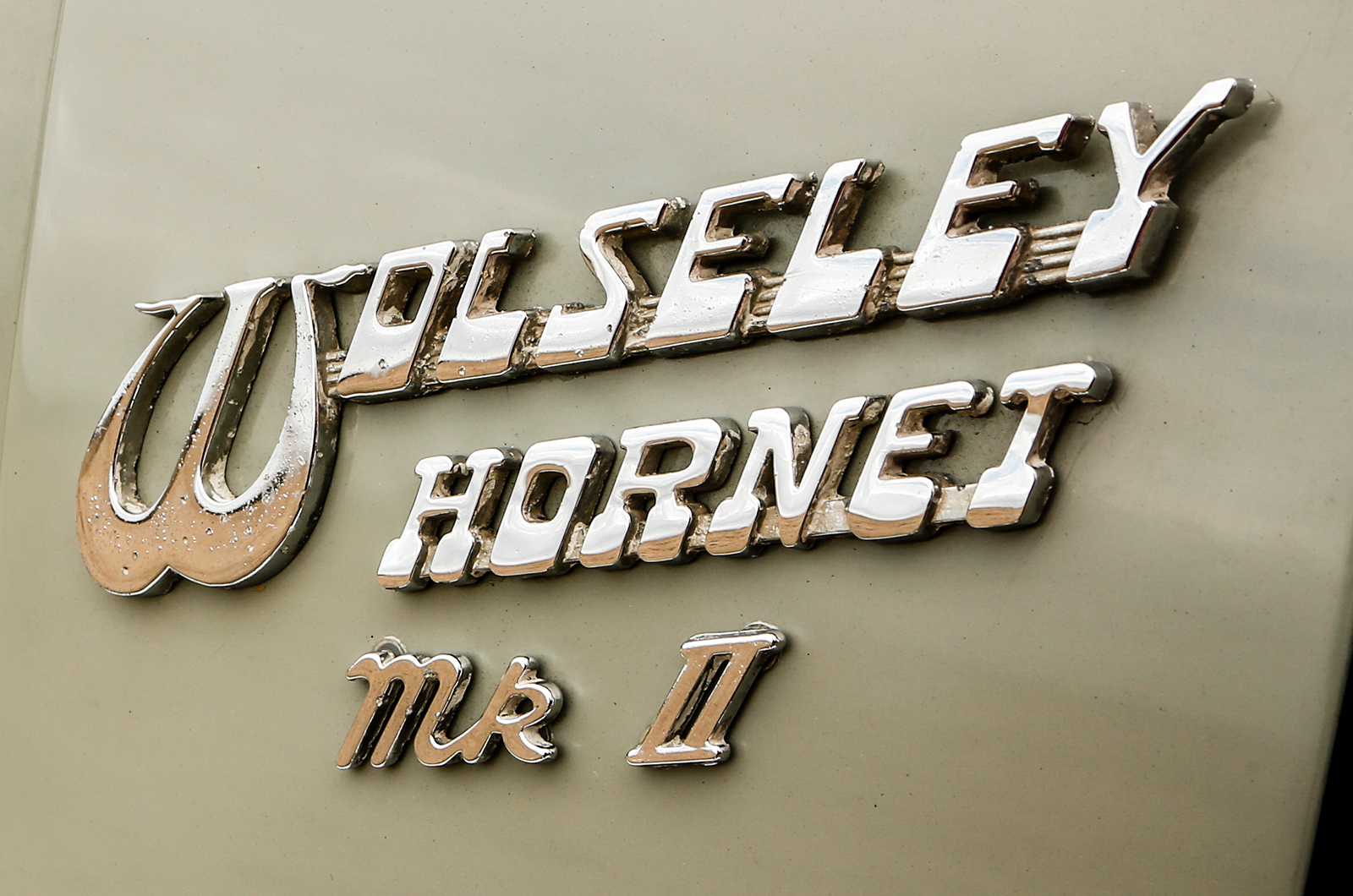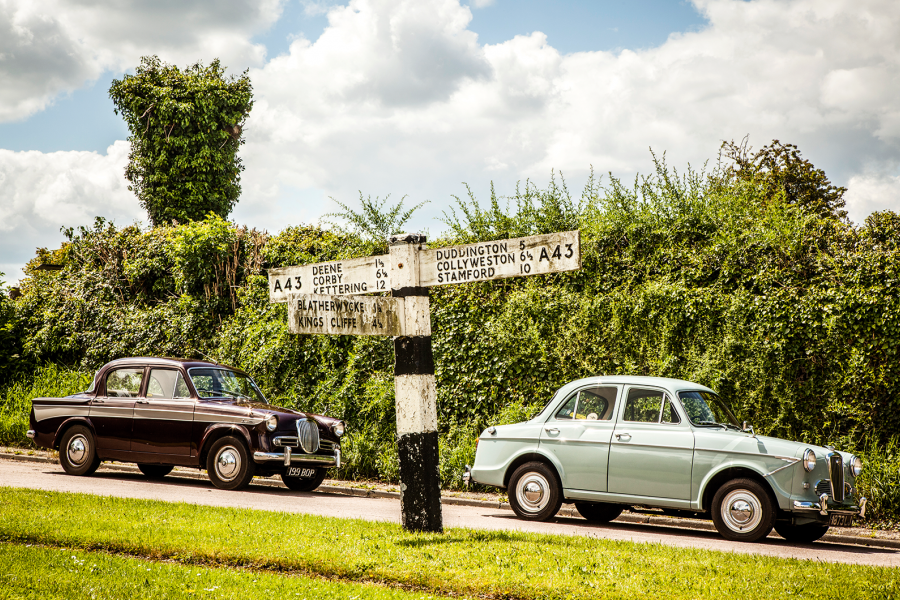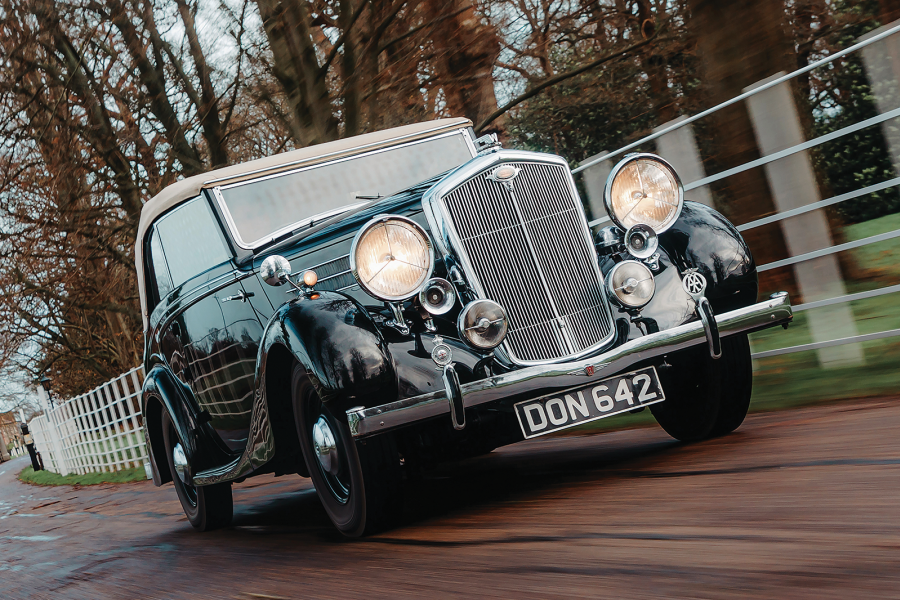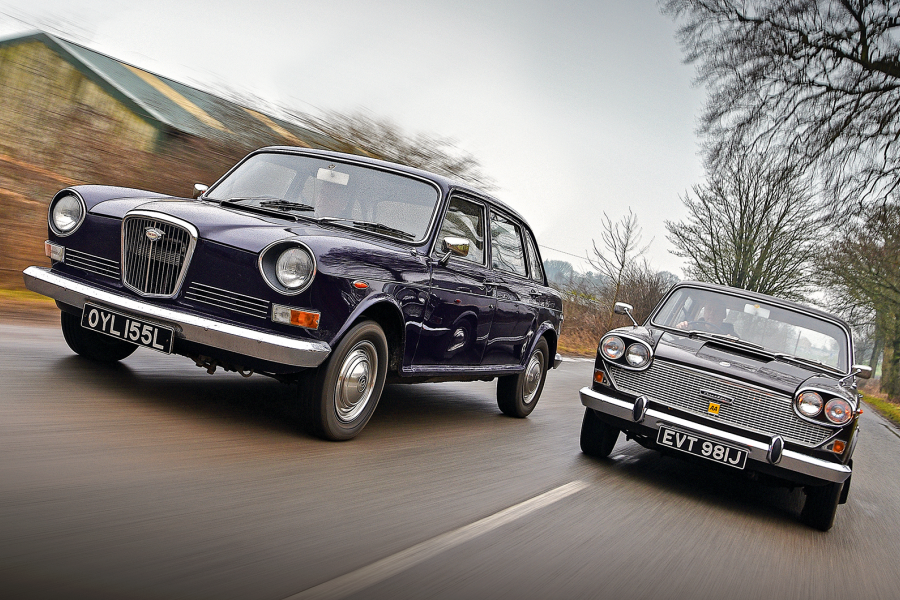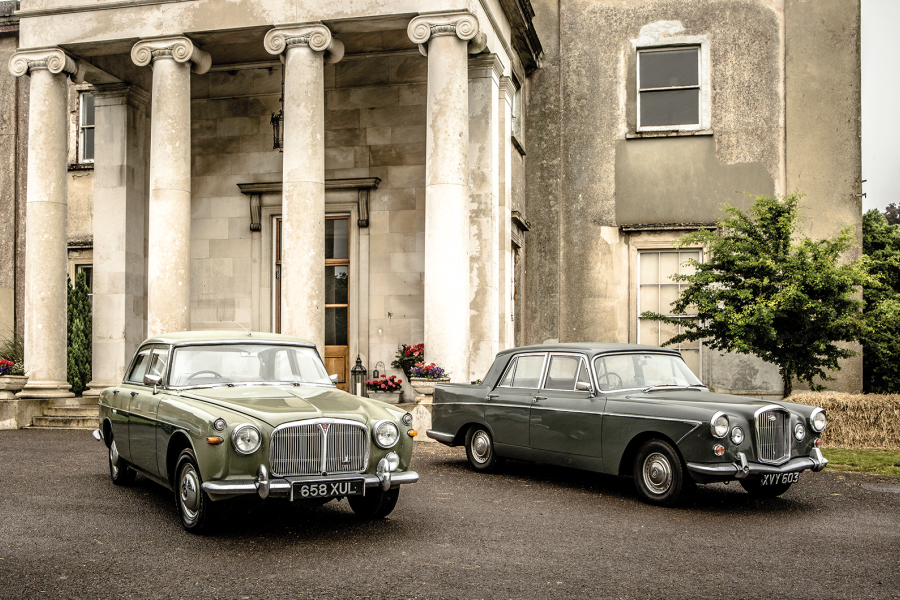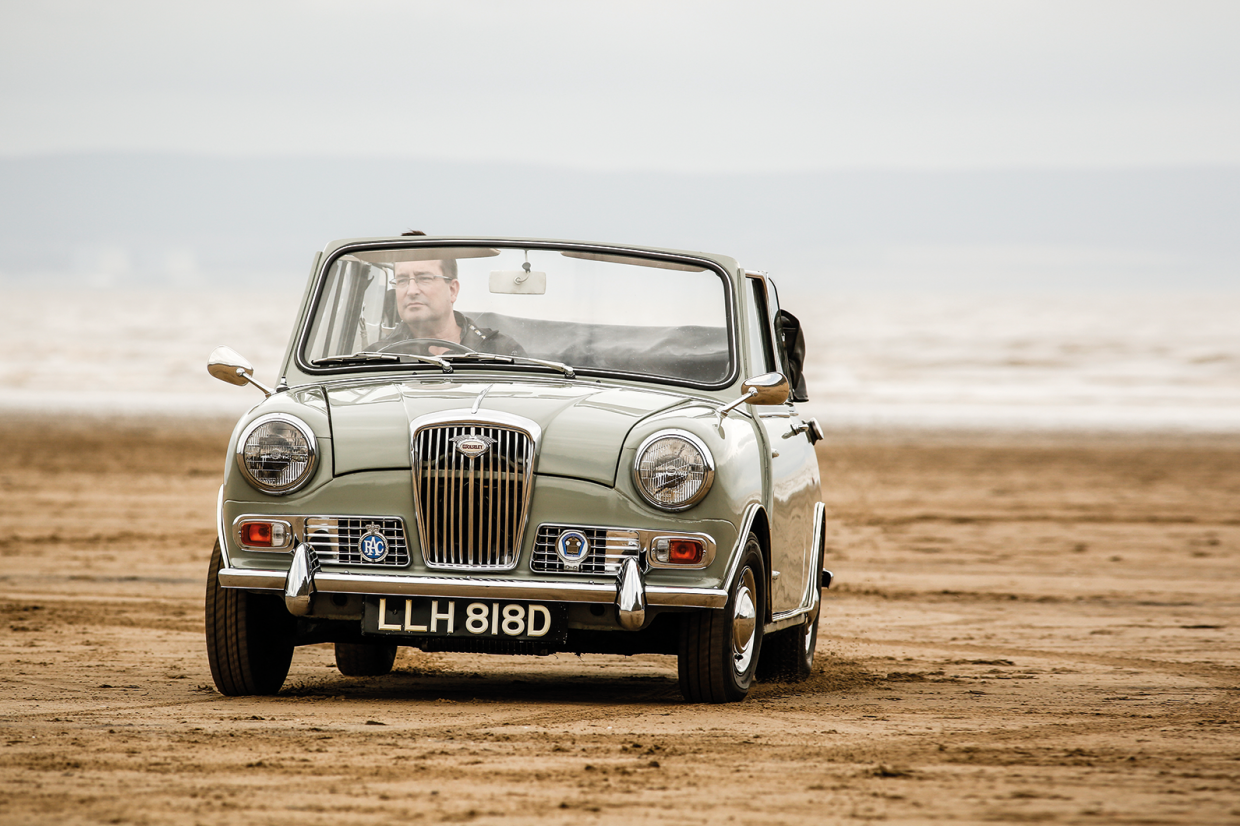
Almost constant drizzle and a chilly breeze. Curling egg-and-cress sandwiches and a Thermos of lukewarm oxtail soup are followed by slices of Bakewell tart.
Dad, resplendent in his second-best sports jacket, complains about the length of Ray Davies’ hair and how the new ‘01’ London dialling code is really a Communist plot.
Mum reads The People’s Friend and dreams of Frankie Vaughan, while the offspring attempt to tune into Radio Caroline on their transistor, only to receive the less-than-hip sounds of the Northern Dance Orchestra. But at least the Hornet convertible captures that essential holiday spirit.
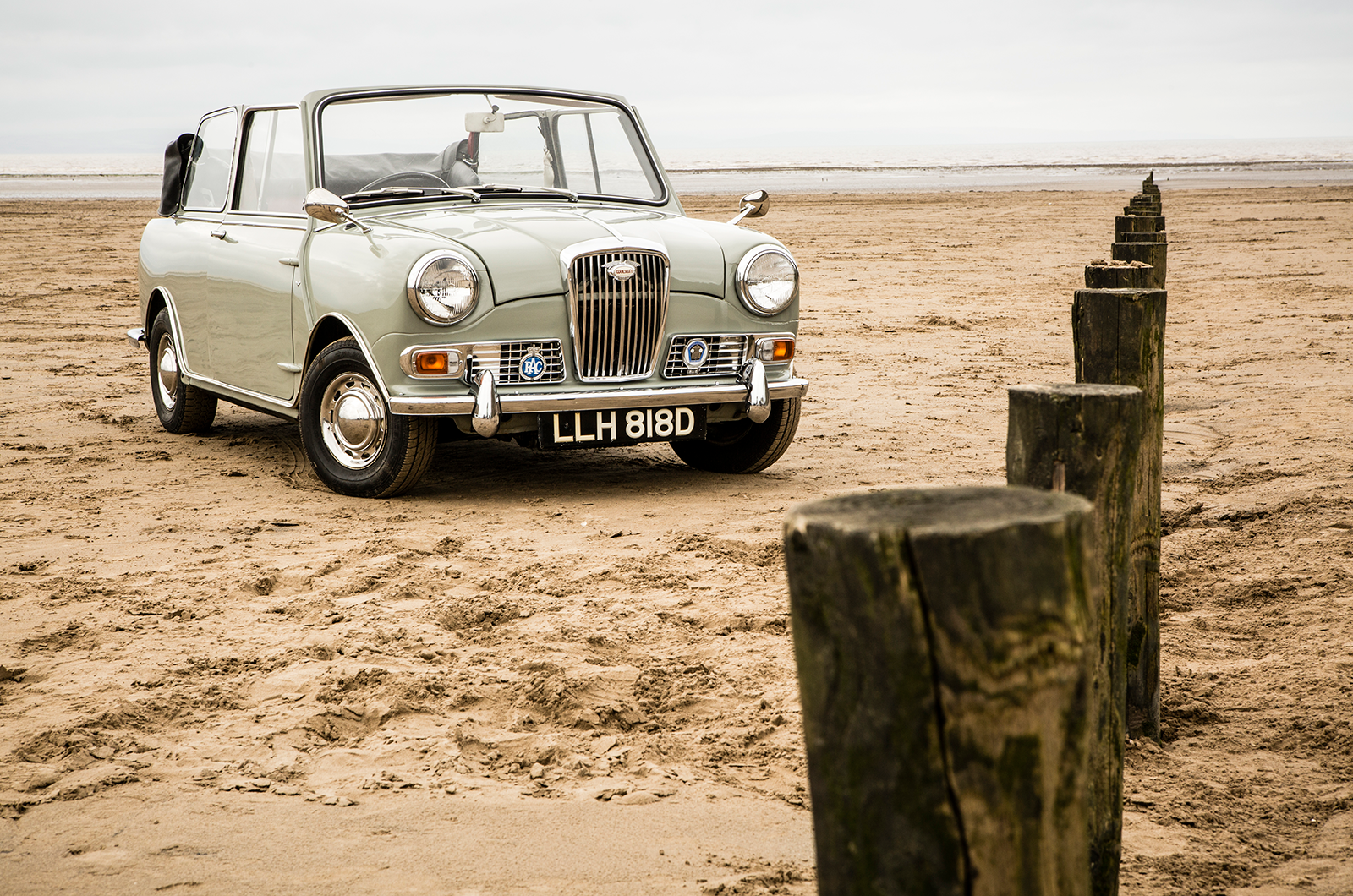
Yes, thanks to winning the Heinz Greatest Glow On Earth competition, the family transport is now a drop-top Wolseley with a pushbutton radio, a make-up tray filled with Max Factor’s finest cosmetics, seatbelts fore and aft, a fully stocked Brexton picnic hamper and a tartan rug.
To pay tribute to one of the most delightful versions of the Mini, we’ve brought Kevin Ford’s Hornet to the Somerset coast, where all that is needed for a proper 1966-style day out is a windbreak and a bottle of salad cream in the insulated food cabinets.

